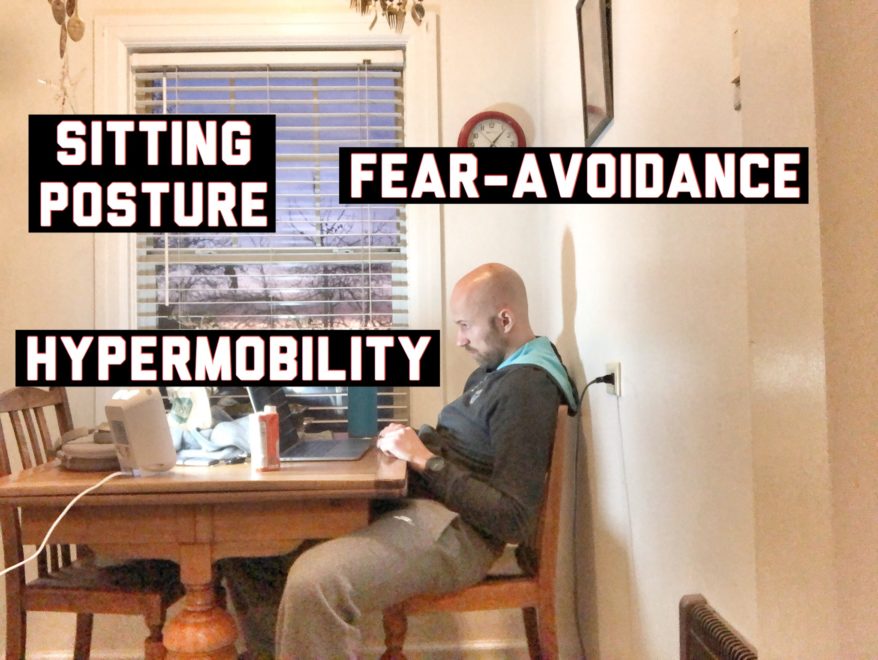Tag: sitting.

Sitting Posture, Hypermobility, and Fear-Avoidance – Movement Debrief Episode 72
Movement Debrief Episode 72 is in the books. Below is a copy of the video for your viewing pleasure, and…
The Sensitive Nervous System Chapter V: Neurodynamics
This is a summary of Chapter V of “The Sensitive Nervous System” by David Butler. Intro Neurodynamics is the study…
